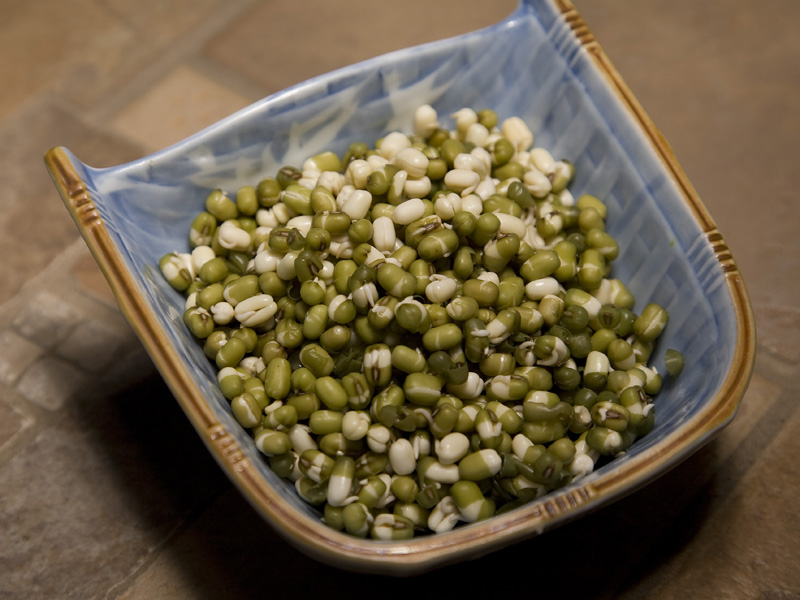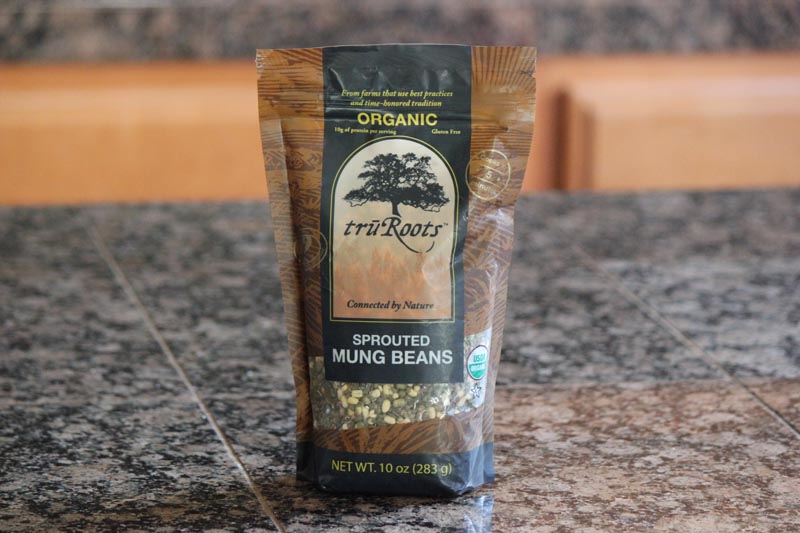It's an honor to have Stepfanie Romine, co-author of The No Meat Athlete Cookbook (and one of the most fun and innovative plant based chefs ever) in my kitchen again. She shared this turmeric spiced tahini sauce recipe, which made the whole kitchen smell like chai and definitely got us all salivating!
We used the sauce as a winter dressing on a bed of spinach and roasted sweet potatoes, but the sauce itself if very versatile - the subtle spiciness is a match for any roasted root veggies, garam masala (this is now a must-have spice in my collection!) and simple cooked grains or beans. The chai flavor of Gaia Herb's TurmericBoost pairs well with creamy tahini and tart lemon juice. Tahini is also a great source of protein, calcium, and minerals.
Ingredients
1 teaspoon Gaia Herbs TurmericBoost Restore
¼ cup tahini
2 tablespoons lemon or lime juice
½ teaspoon salt
¼ teaspoon ground turmeric for color (optional)
½ cup water, divided
Fresh mint or basil, chopped (optional)
Instructions - and watch VIDEO below!
Whisk together the TurmericBoost, tahini, lemon juice, salt and turmeric in a small bowl. The tahini will thicken. Add the water one tablespoon at a time, until mixture reaches the desired consistency. Sauce will thicken upon standing and after being refrigerated. Thin with more water as needed. Refrigerate for up to four days.
Serving Ideas:
Serve over salads or garam masala roasted sweet potatoes. This sauce is also delicious on garlicky sautéed kale and in quinoa bowls.
Serves 2-4.
Props
Small bowl
Whisk/fork
Measuring cups/spoons
Knife
Bowl/plate for veggies or quinoa
Cruet/tiny pitcher for serving dressing
















